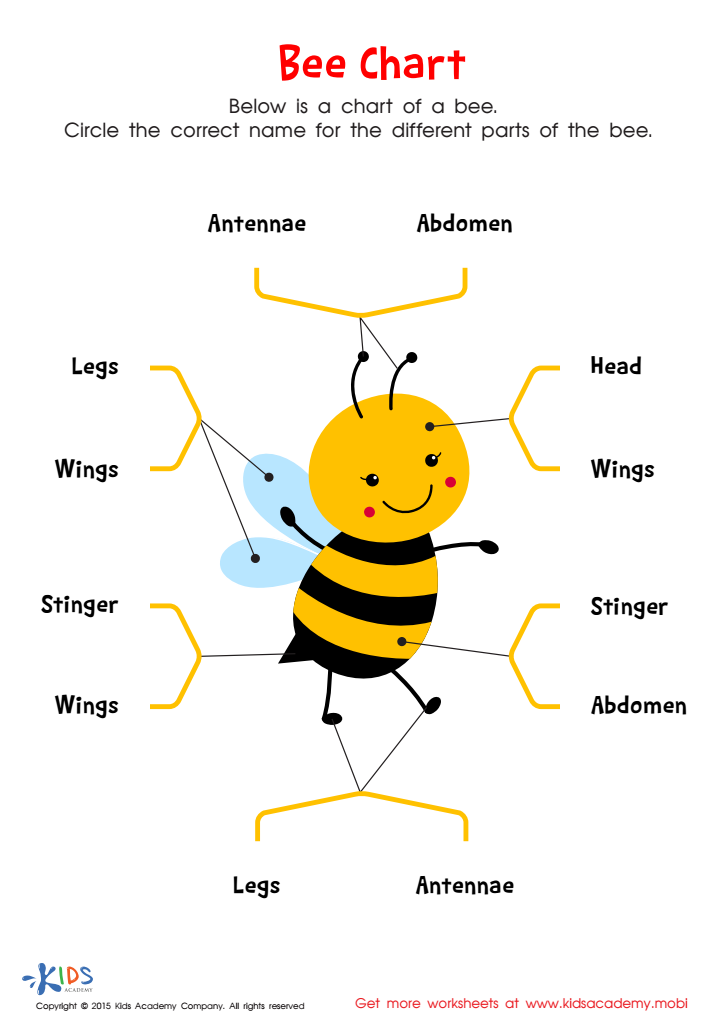Normal Plants and Animals Worksheets for Ages 4-9 - Page 3
100 filtered results
-
From - To
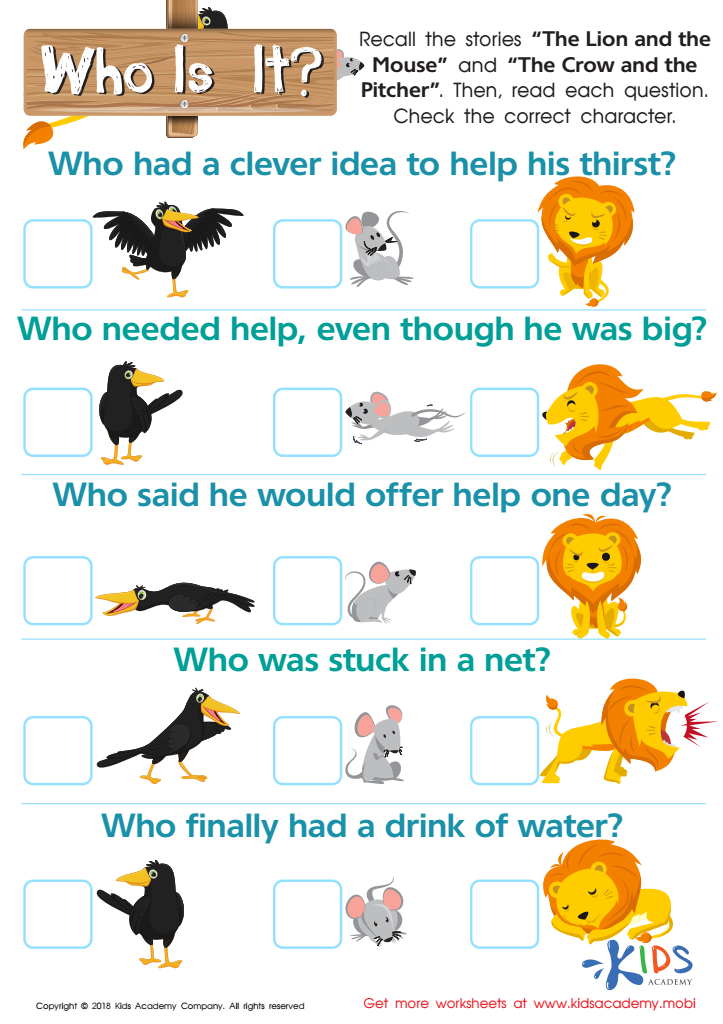

Who Is It? Worksheet
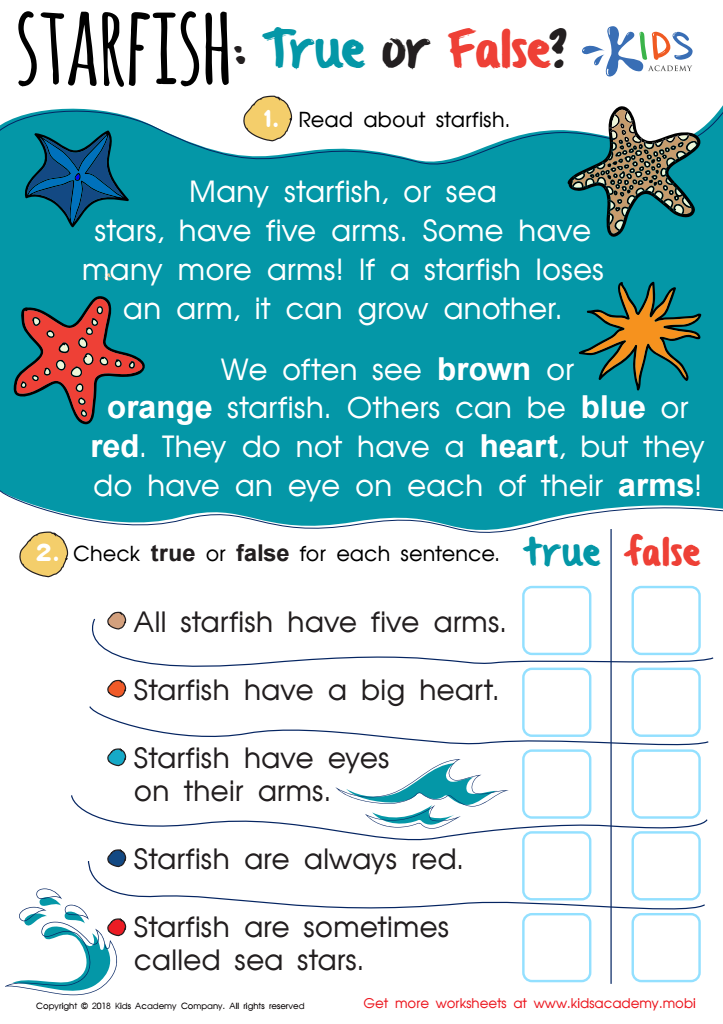

Starfish: True or False Worksheet
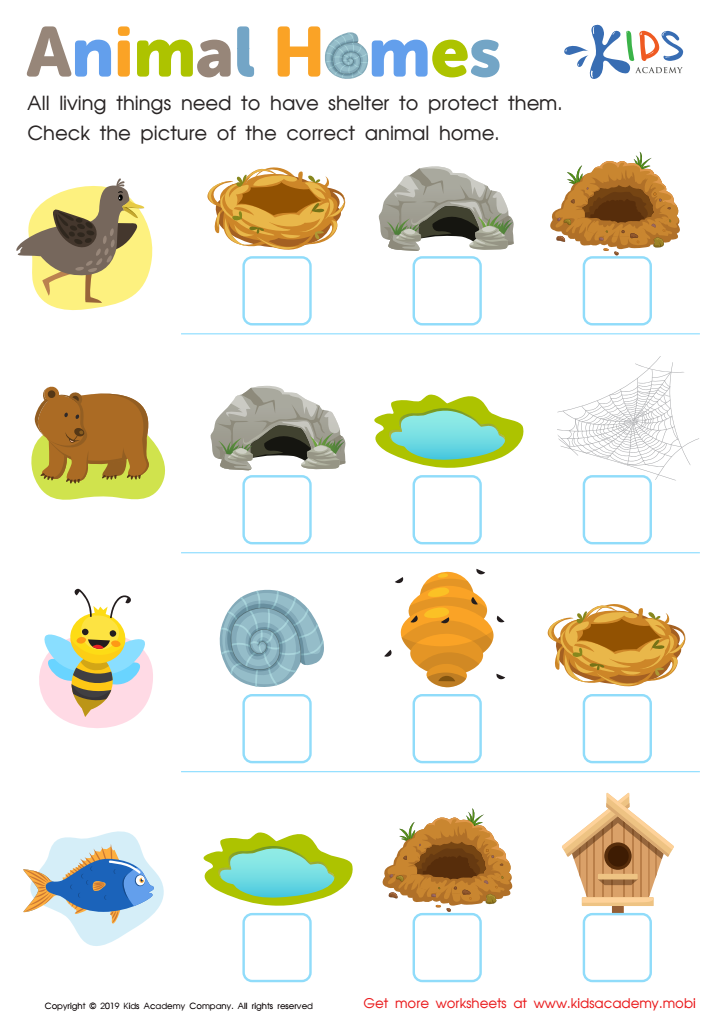

Animal Homes Worksheet
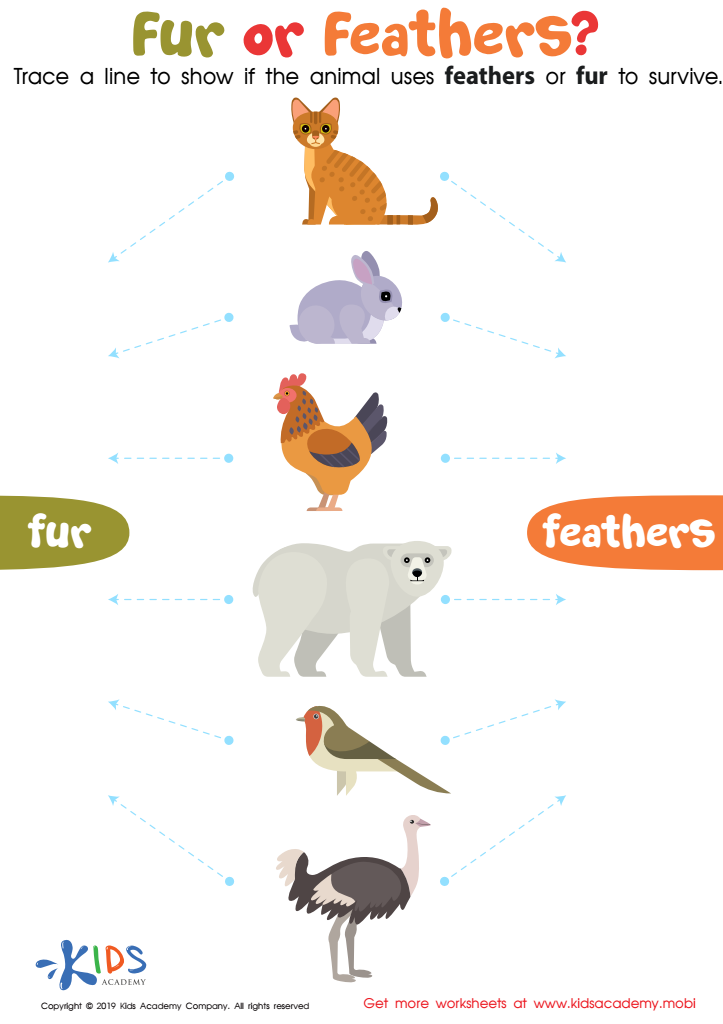

Fur or Feathers? Worksheet
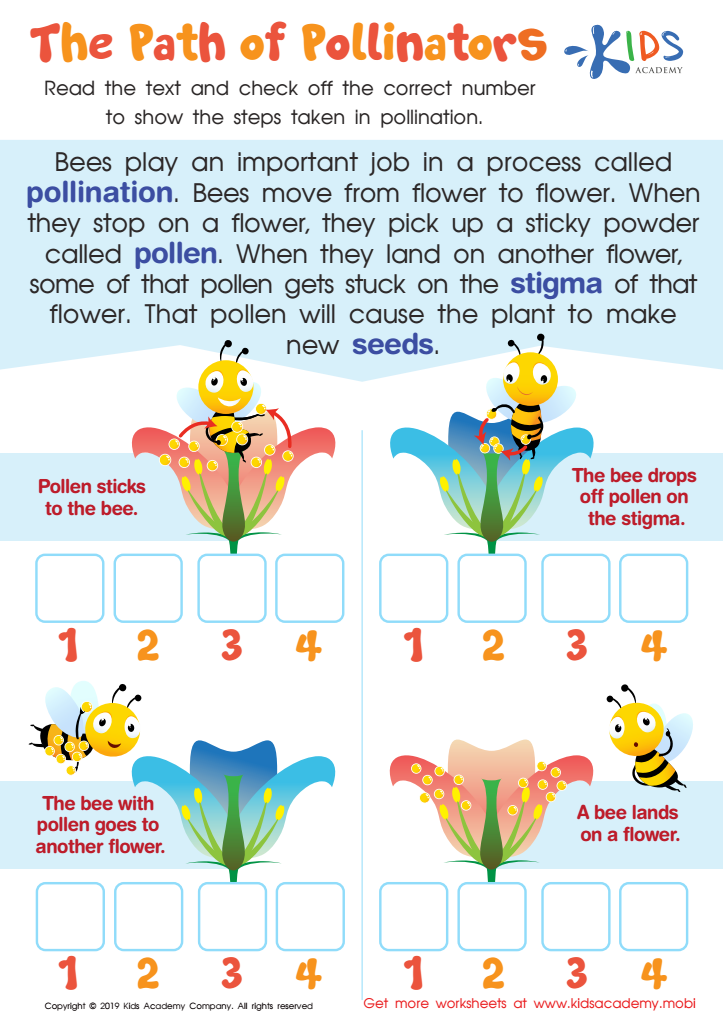

The Path of Pollinators Worksheet
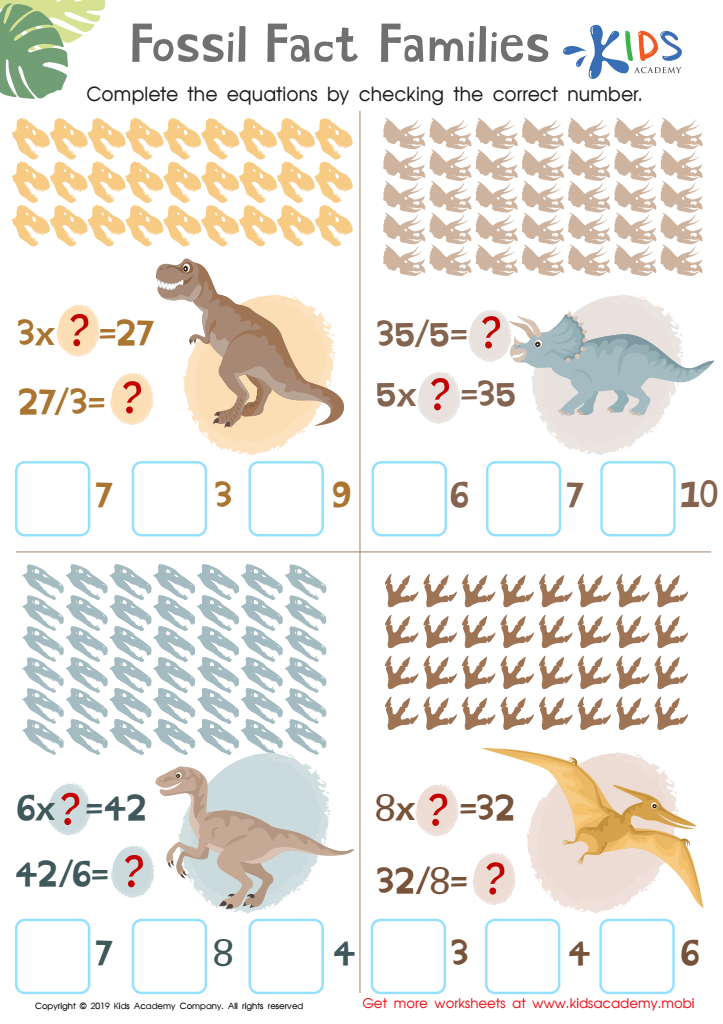

Fossil Fact Families Worksheet
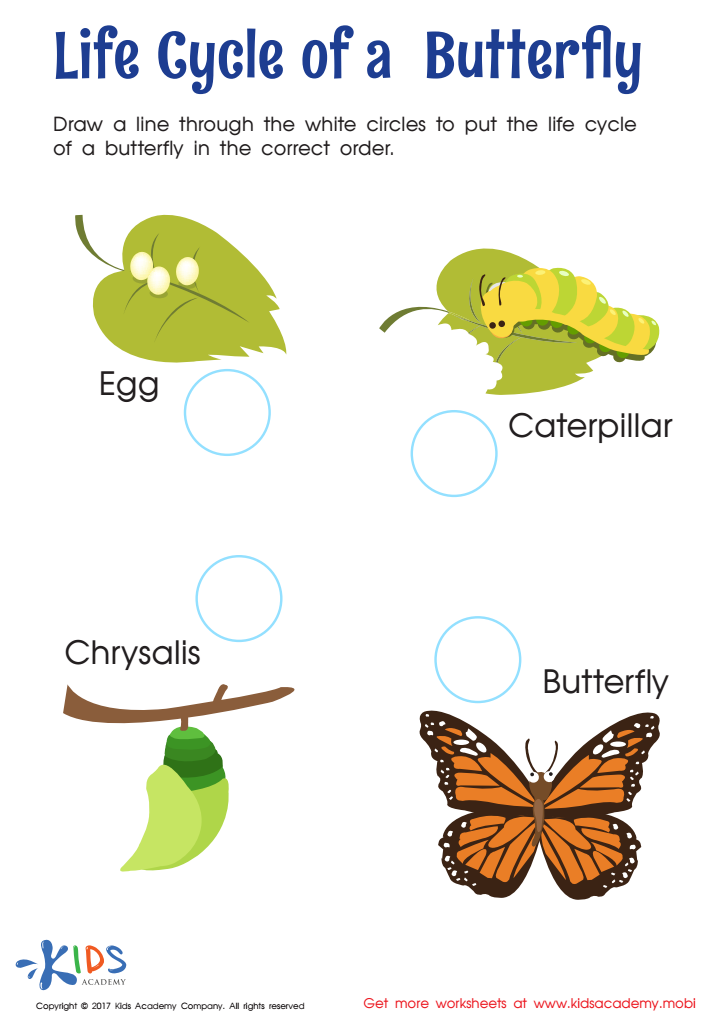

Life Cycle of Butterfly Worksheet


Ecosystems: Assessment 1 Worksheet
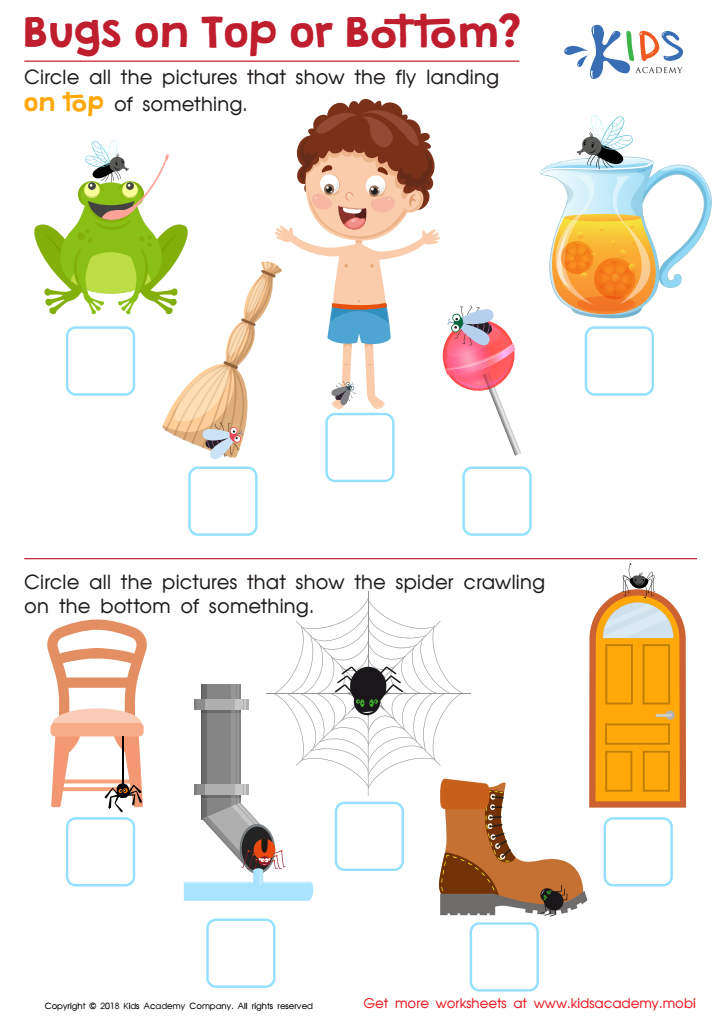

Bugs on Top or Bottom? Worksheet
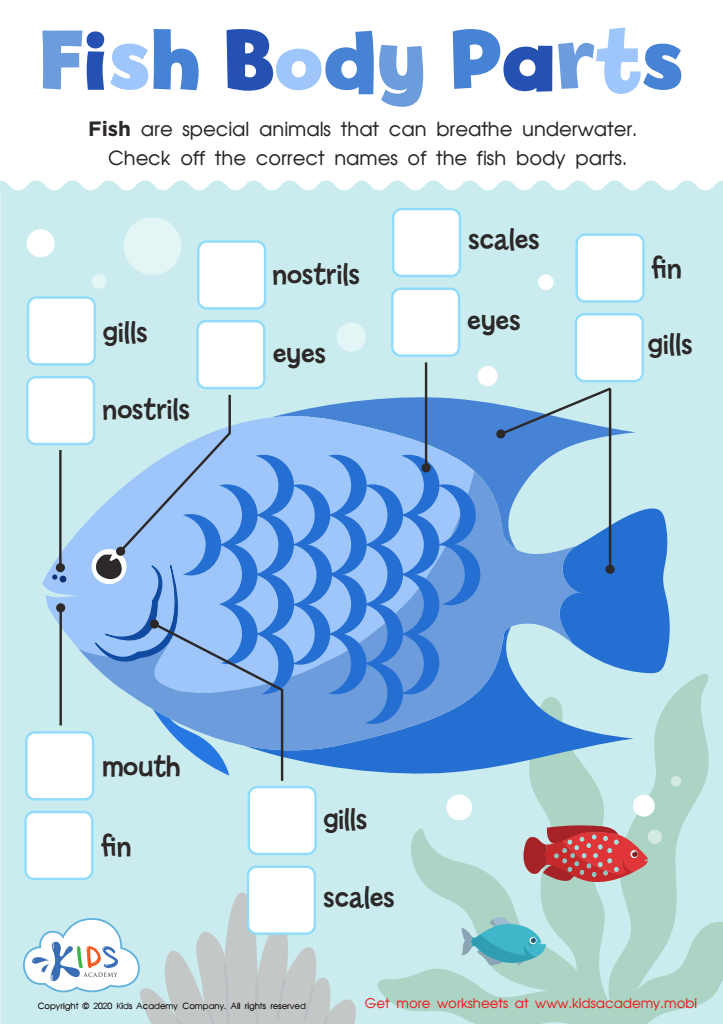

Fish Body Parts Worksheet
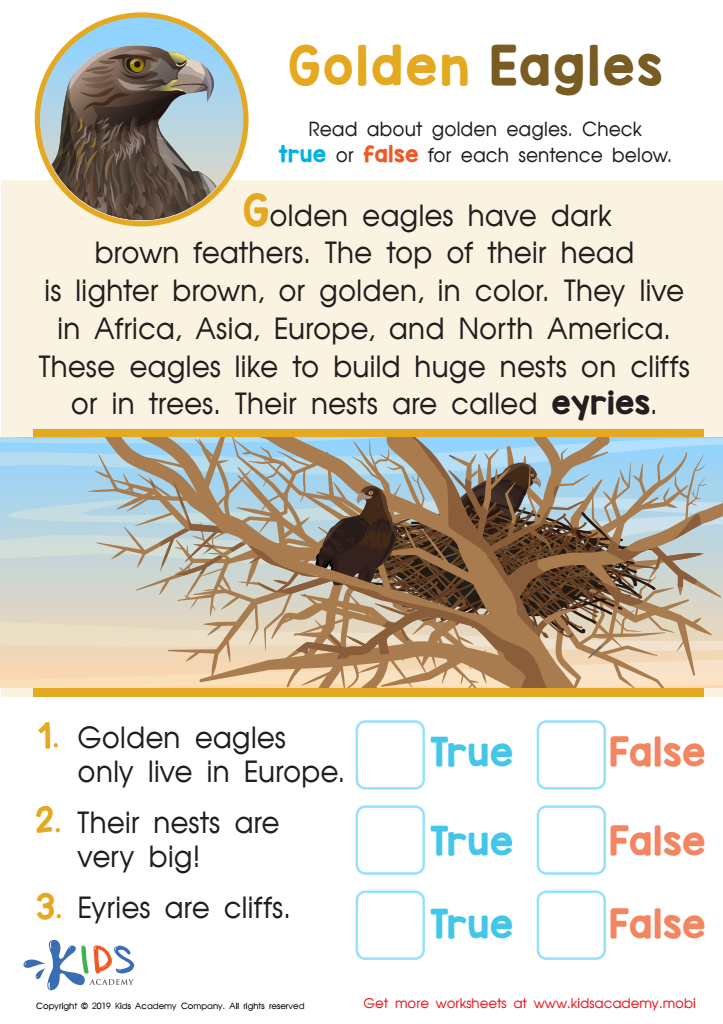

Golden Eagles Worksheet
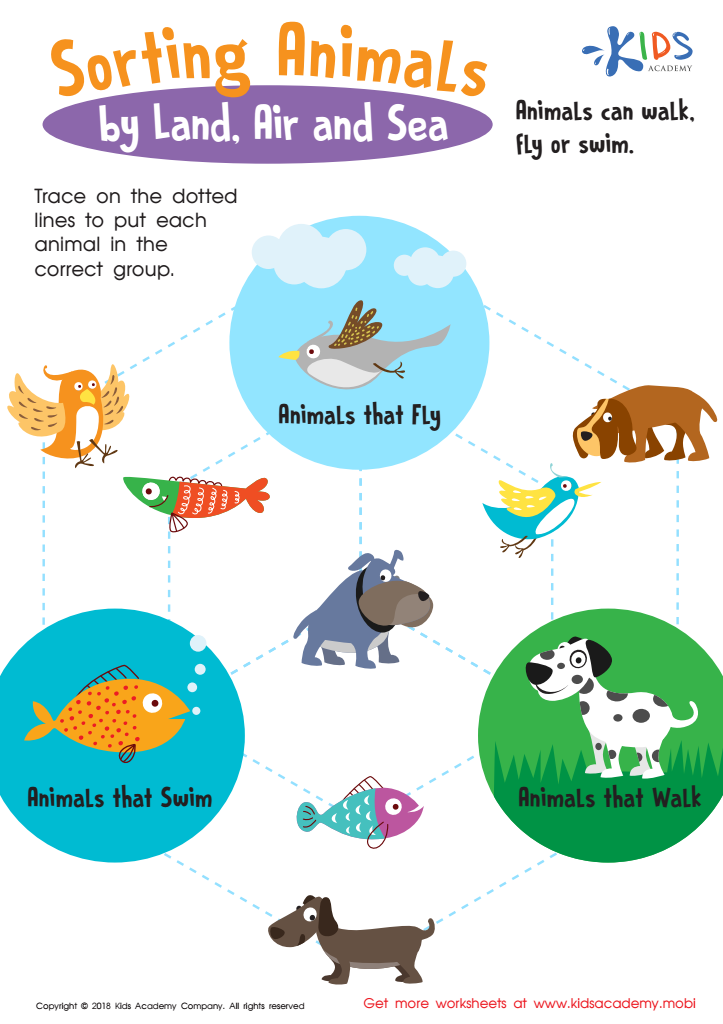

Sorting Animals by Land, Air and Sea Worksheet
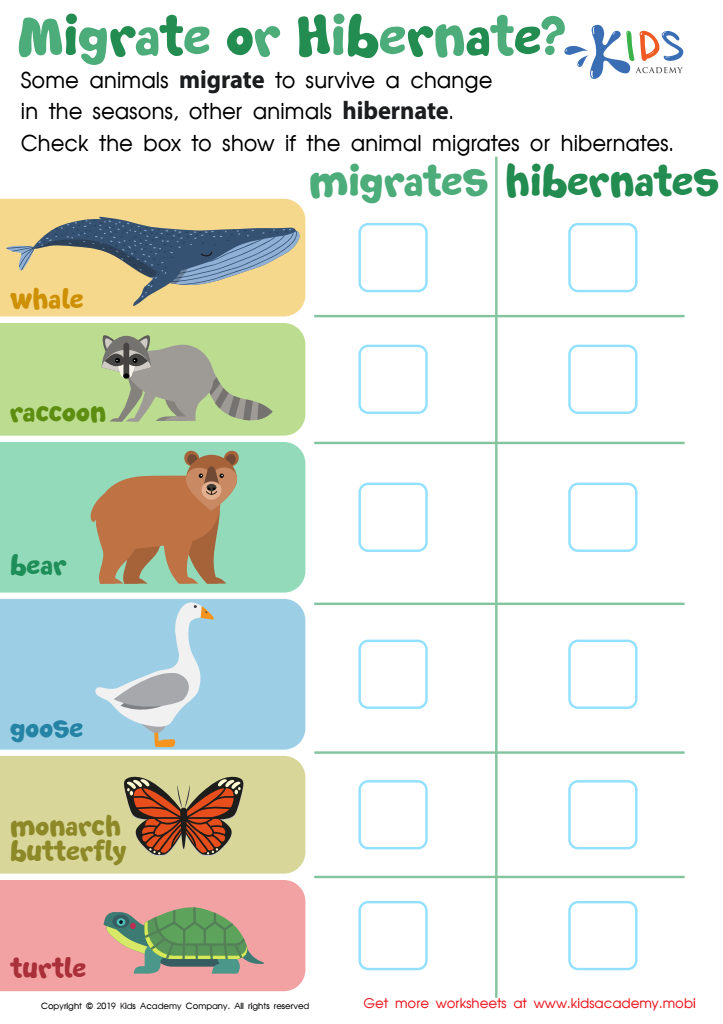

Migrate or Hibernate? Worksheet
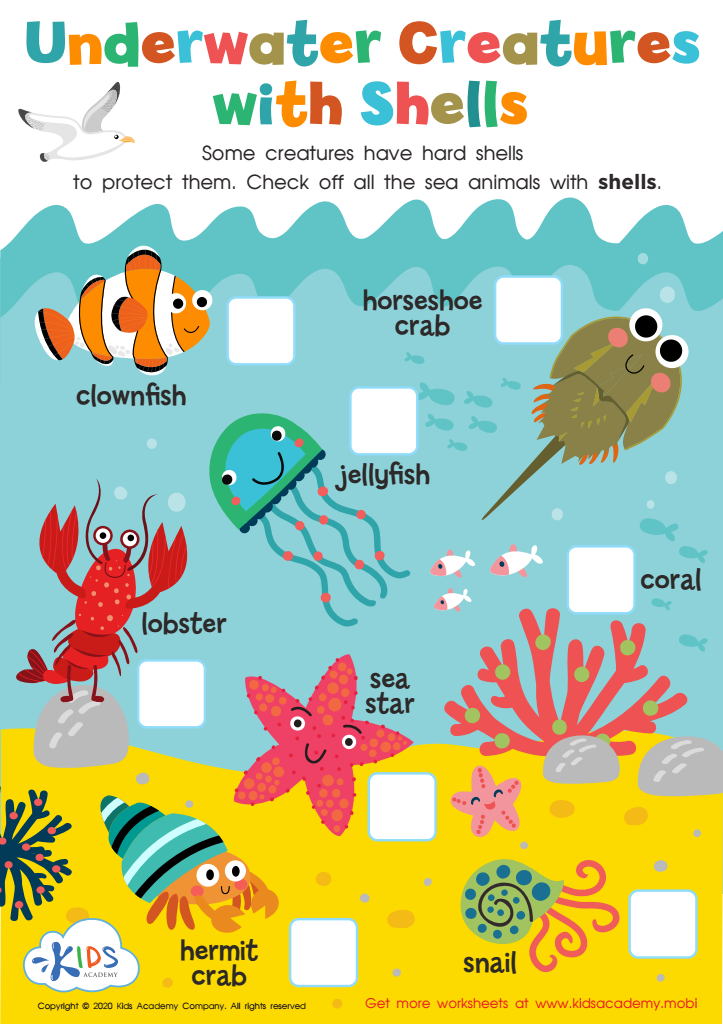

Underwater Creatures with Shells Worksheet
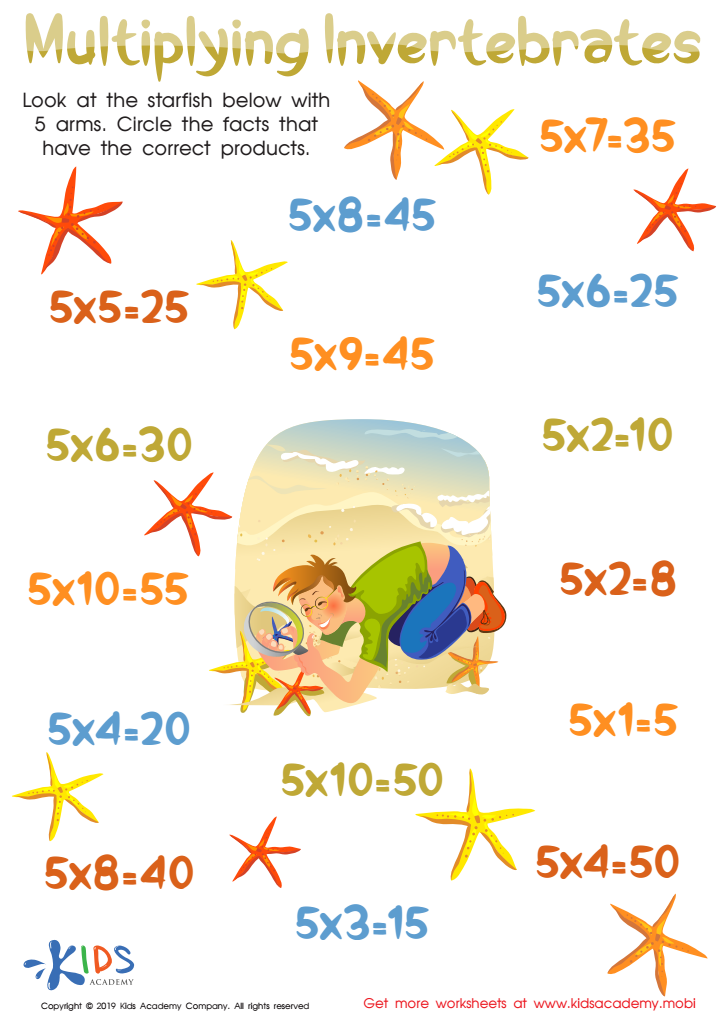

Multiplying Invertebrates Worksheet
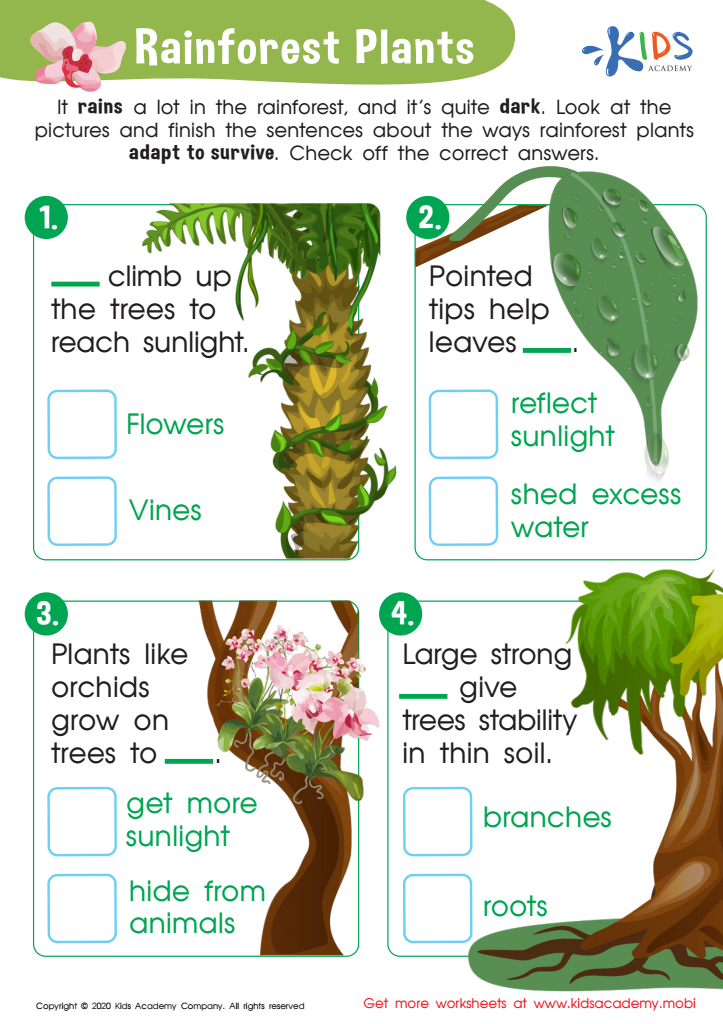

Rainforest Plants Worksheet
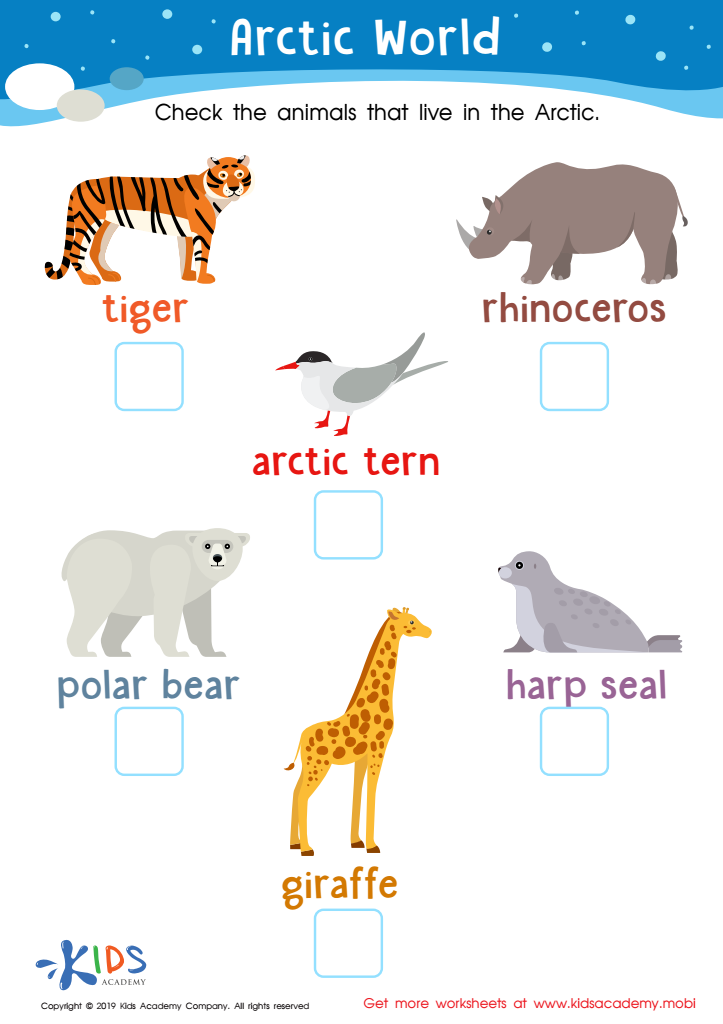

Arctic World Worksheet
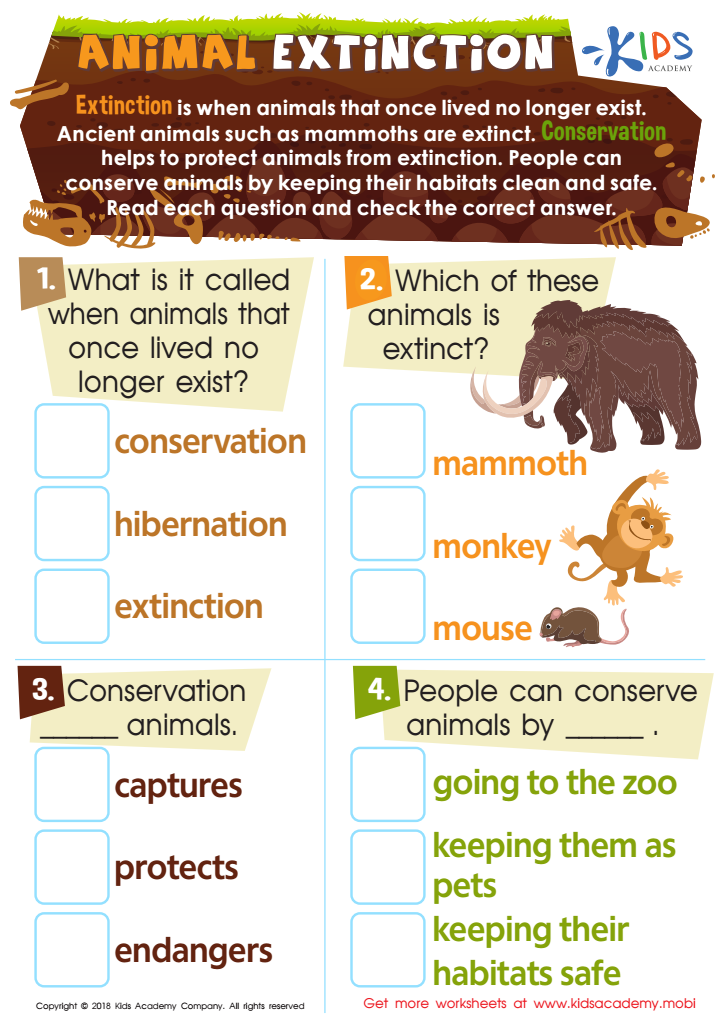

Animal Extinction Worksheet
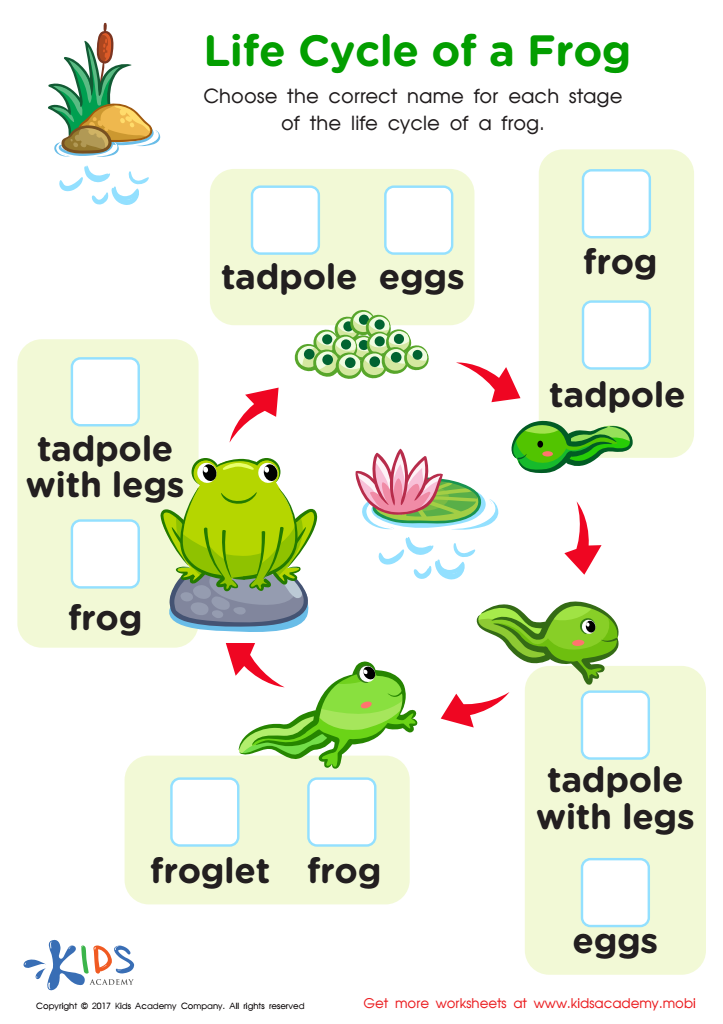

Life Cycle Frog Printable


Cycle Of Salmon Worksheet
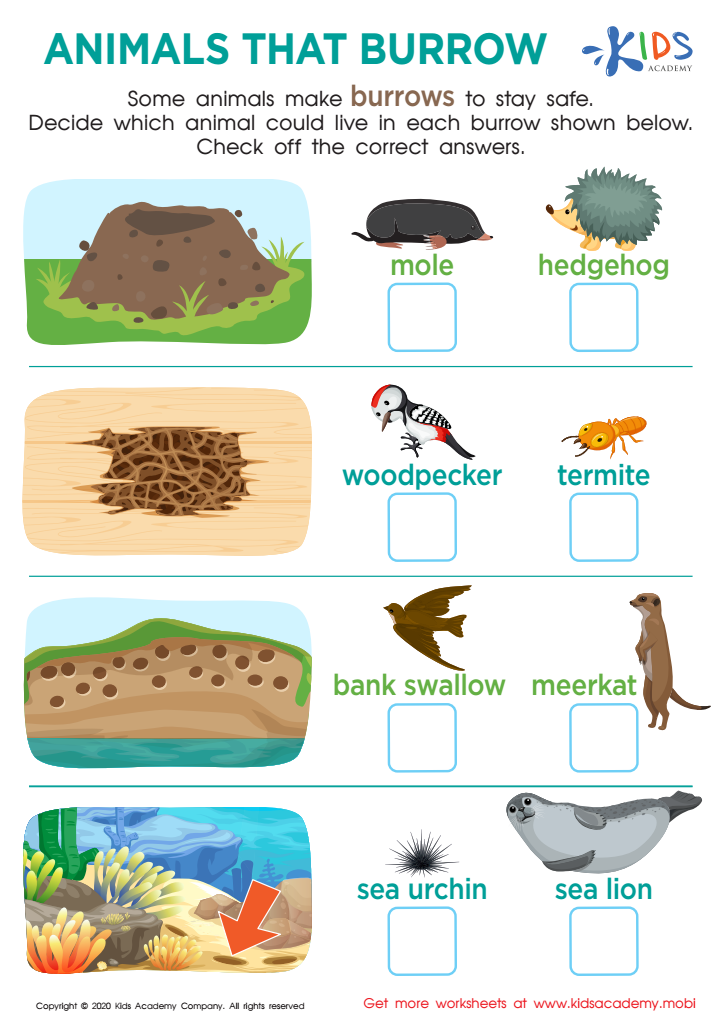

Animals That Burrow Worksheet
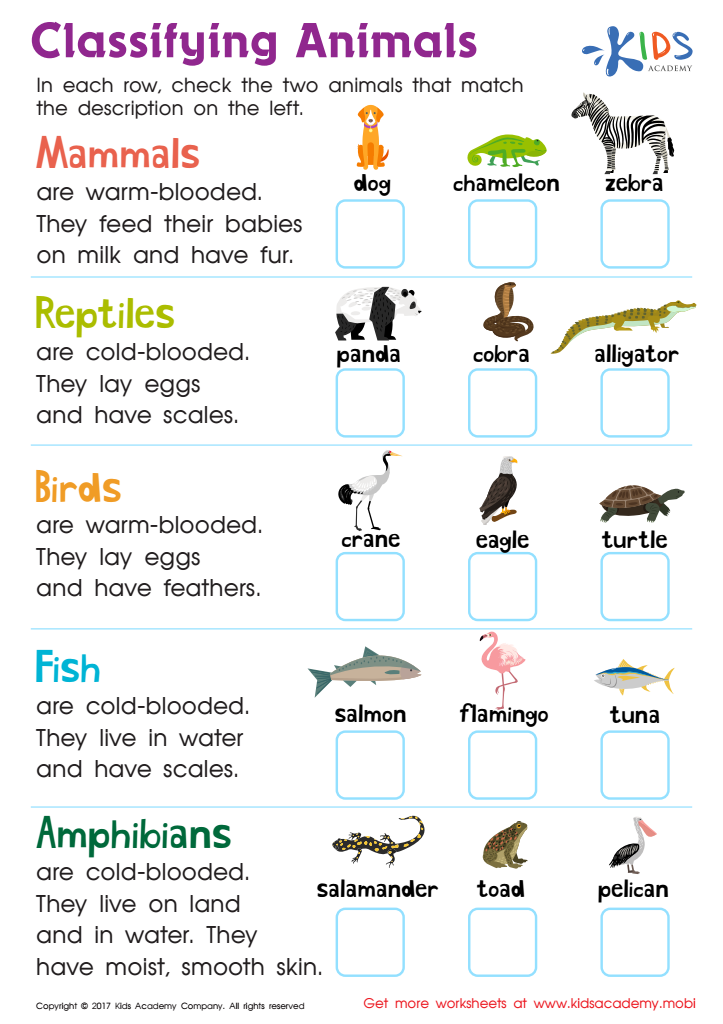

Classifying Animals Worksheet
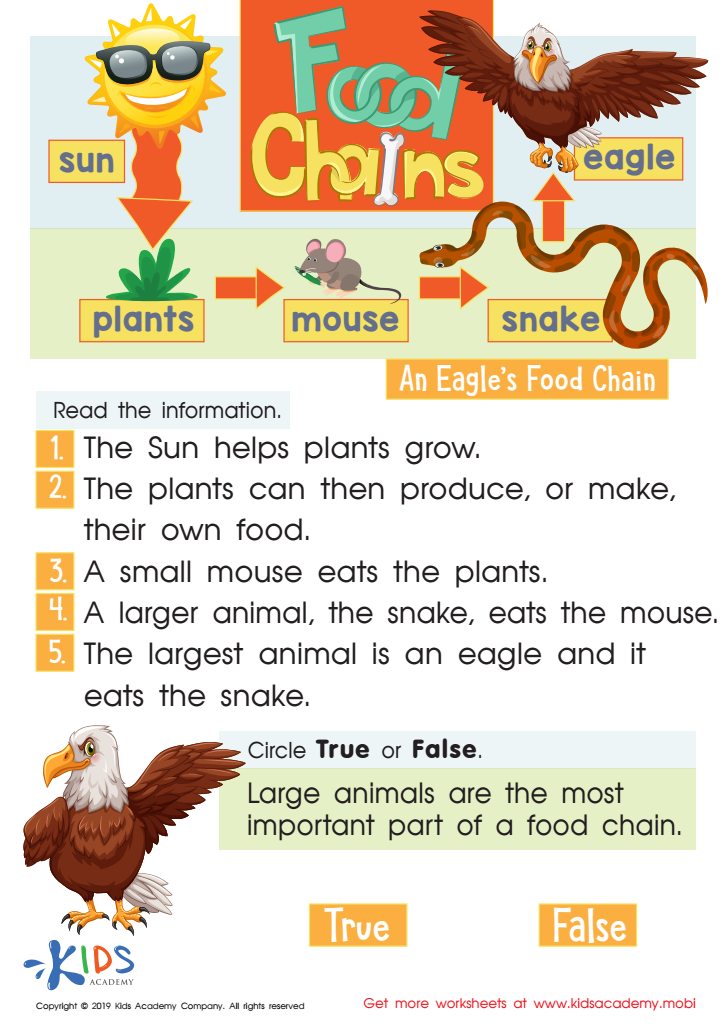

Food Chains Worksheet
Caring about normal plants and animals is vital for parents and teachers of children aged 4-9 because it helps instill a sense of environmental awareness and appreciation for nature. At this age, children are naturally curious, and understanding the role of common plants and animals in their daily lives fosters a deeper connection with the environment.
Promoting knowledge about local flora and fauna encourages exploration and outdoor play, which are crucial for physical health and cognitive development. Engaging with nature can enhance observational skills, creativity, and emotional well-being.
Moreover, discussing the importance of plants and animals in our ecosystem—such as how plants produce oxygen and animals contribute to biodiversity—helps young children grasp fundamental scientific concepts. It can also lay the groundwork for discussions on sustainability and conservation, making them more informed stewards of the planet as they grow older.
Finally, caring about normal plants and animals helps cultivate empathy and responsibility. By learning to respect and protect even the smallest components of their environment, children develop a sense of responsibility towards the world around them, promoting a healthier planet for future generations.
 Assign to My Students
Assign to My Students
